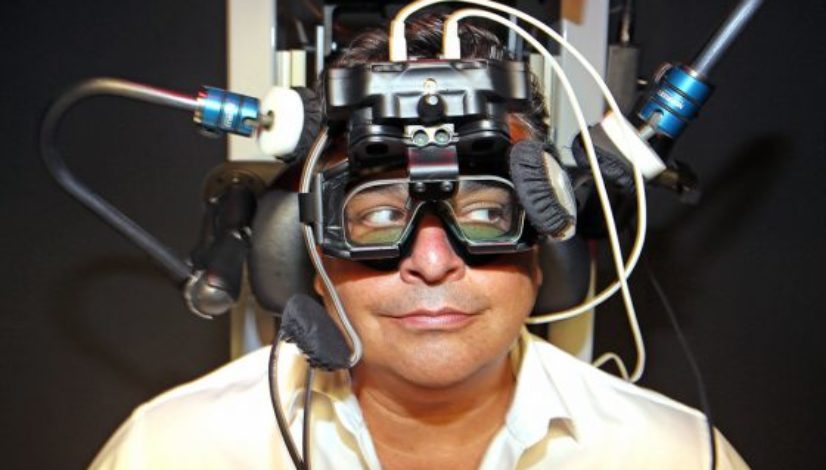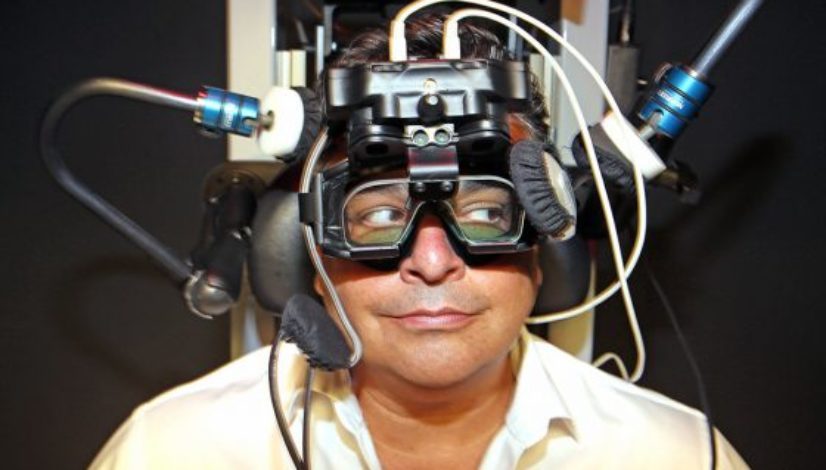Medical researchers investigate new area for potential cannabis treatment: concussions

Published: Jul 27, 2017, 8:48 am • Updated: Jul 27, 2017, 9:09 am
By Samantha J. Gross, Miami Herald
MIAMI — Bari Gold was never one for tutus.
When she was 4, Roberta Gold gave in to her daughter’s competitive spirit and enrolled her in a local soccer program. While the rest of the girls picked daisies on the field, Bari played fiercely against her opponents. She joined a travel team at 9 and worked her way through school and club teams as a center back.
The first time she was hit in the head with a ball last December, the varsity junior captain of the Palmetto Senior High School team complained of a headache but blamed it on dehydration. Two games later, she was hit in the head again. Bari, 17, couldn’t read the words on her U.S. history test and even walked into the wrong classrooms the next day.
“It felt like I was dreaming, but all the time,” she said.
Just two weeks ago, she was clocked in the head for a third time at recruiting camp and had to fly home.
While researchers, the media and even Hollywood with the movie “Concussion” have spent time and money bringing brain injury to the forefront of medical discussions, diagnosing and treating concussions in young athletes often remains a complex medical puzzle.
Related stories
- “Bonanza” for Las Vegas: Nevada Sen. Tick Segerblom talks social use, cannabis law issues in Denver
- As Trump admin wages war on legal marijuana, veterans side with weed
- Help and hope: Can cannabis be used to fight cancer?
- CBD research is going to the dogs in quest to help pets
- Federal ban on marijuana has created ‘regulatory vacuum’ says new study
Florida physicians who specialize in concussions are expanding their programs to tackle the issue. Advancements like cannabis treatment and concussion-detecting goggles, along with concussion clinics, are facilitating quicker detection, treatment and return to sports.
Since 2012, the University of Miami Health System has partnered with 35 Miami-Dade County public high schools, prioritizing concussion prevention and treatment for the county’s 12,000 student athletes. It also works with around 10 private schools. The Centers for Disease Control and Prevention estimates that 5 to 10 percent of athletes will experience a concussion in any given sport season.
Part of UHealth’s partnership with the schools is using the ImPACT test, which provides a baseline score for athletic trainers to use to make comparisons and diagnose concussions.
“It’s all web-based, so we can quickly look at it,” said Dr. Gillian Hotz, director of UHealth’s concussion program, who works with neurologist Dr. Kester Nedd. “It’s a starting point to start a discussion about concussion.”
In her research, Hotz found that it takes about 10 days for athletes to get over their symptoms. The Miami Herald reported last year that certain sports require more recovery time. According to UHealth data: 15 days for baseball, and 13 for football, softball and wrestling.
Another tool helping young athletes at UHealth are concussion-detection goggles, which came out of a partnership with Neuro Kinetics, a Pittsburgh-based software company. UHealth otolaryngologist Dr. Michael Hoffer helped develop the goggles after his two military tours.
Technology for the goggles came from a rotating chair Hoffer used as a military physician. The chairs _ which are still used by UHealth _ track eye movements and pupil dilation to help detect brain injury. However, the chair and the base it sits on cost nearly $250,000 and a Ph.D-level technician needs to operate the chair.
“Neuro Kinetics took what they did in the chair and put in a goggle,” Hoffer said. “Within five minutes, they can give a 95 percent accuracy without any tests being done beforehand.”
Hoffer said he is also conducting a new study for cannabis concussion treatment alongside Hotz and a team of five other UHealth doctors. The doctors are testing a cannibanoid compound as a treatment for concussion-induced headaches, anxiety and pain.
At Joe DiMaggio Children’s Hospital in Hollywood, a year-old Concussion Clinic focuses on speedy patient care.
Dr. Matthew Fazekas, a sports medicine physician at DiMaggio, said the clinic was built to allow crossover between departments. For example, a patient could see a neurologist one day and a physical therapist the next.
“Our goal is to have a patient seeing a physician between 24 to 48 hours of their injury,” said Fazekas, who specializes in pediatric, adolescent and young adult sports medicine. “If a patient has a concussion this evening, we relieve the anxiety for the family because we can see them tomorrow.”
Fazekas said Florida’s climate provides a unique challenge to treating student athletes.
“Here, you have football going 12 months out of the year, you have baseball and soccer that are all year-round sports,” he said. “Patients need expedited access to care.”
At Cleveland Clinic Florida in Weston, exercise intervention is key.
Orthopedic surgeon Dr. David Westerdahl said the team shies away from old methods of CT scans or MRIs and tries to get athletes moving at a gradual pace. Even in the last five years, concussion treatment has come a long way, he said.
“We try not to wait more than 24 to 48 hours to get them moving again. It’s gradually returning them back to their activity and addressing specific symptoms that may be unique to that individual.”
Most of Westerdahl’s patients are between the ages of 12 and 22, and those on the older end experience worse injury.
“As you get bigger and taller, you move faster,” he said. “Collisions become more dramatic.”
Bari, who was treated at UHealth, will be returning to the field this fall as a captain. She has already started summer practices.
She says she feels lucky for the treatment she received.
“I wouldn’t wish a concussion on my worst enemy,” she said. “But if it happens, hopefully you have good people around you.”
Information from Miami Herald
Topics: concussions, Florida, research, study




